
Which Acids are Best for Oily and Combination Skin?
Having oily or combination skin can be frustrating. Excessive oil, acne breakouts, enlarged pores, and shine can make one self-conscious. While it may be tempting to dry out the skin, that can make things worse by disrupting the skin's moisture barrier. Using the right acids instead can help one control oil and breakouts while keeping the skin calm and healthy. This blog will discuss which acids are best for oily and combination skin.
Which Acid is Good for Oily Skin?
So, which acid is best for oily skin? If one has oily skin, these are some of the best acids one can use:
- Salicylic Acid:Salicylic acid is an oil-soluble beta hydroxy acid, meaning it can get inside the skin pores to dissolve dead skin cells and other pore-clogging debris. By keeping the pores clear, salicylic acid can help prevent future breakouts.
Salicylic acid also has anti-inflammatory properties that can calm existing breakouts. Look for cleansers, toners, and leave-on treatments with 0.5-2% salicylic acid. Using it 1-2 times daily can help control acne and oil production.
- Glycolic Acid:Glycolic acid is an alpha hydroxy acid derived from sugar cane. It dissolves the glue-like substance that holds dead skin cells together to help clear pores and improve skin texture.
Glycolic acid also enhances skin cell turnover. The increased exfoliation helps prevent pores from becoming clogged with oil and debris. Glycolic acid is best used in 5-10% concentrations a few times a week. Cleansers and toners are gentler options for everyday use. However, it is important to rinse them off after use.
- Lactic Acid:Like glycolic acid, lactic acid is an AHA. It gently exfoliates the skin to keep the pores clear and increase cell renewal. Lactic acid also has humectant properties. It attracts and binds moisture to the skin, making it helpful for oily skin that still needs hydration. One can start with 5% lactic acid 2-3 times a week and slowly increase the frequency based on one's skin tolerance.
Which Acid is Good for Combination Skin?
People with combination skin types usually need skincare products that can treat oiliness in the T-zone while hydrating the cheeks. Here are some acids that can balance combination skin:
- Mandelic Acid:Mandelic acid is an AHA derived from bitter almonds. Its larger molecule size makes it gentler on the skin. Mandelic acid can help one control oil production, calm redness, and reduce the appearance of pores. Its antibacterial properties can also treat and prevent breakouts. Consider using mandelic acid in cleansers, serums, or masks 2-3 times every week.
- Salicylic Acid:Salicylic acid is excellent for treating breakouts and congestion in oily areas of combination skin. Use a salicylic cleanser daily and follow it with a hydrating serum or moisturiser on drier areas. The Pink Foundry's Acne & Oil Control Intense Serum with 2% Salicylic Acid can help one treat and prevent acne with a time-released formulation.
- Polyhydroxy Acids (PHAs):PHAs like gluconolactone and lactobionic acid offer gentler exfoliation than AHAs like glycolic and lactic acid. They help refine the skin texture and unclog the pores while being less likely to cause dryness or irritation. PHAs are great for combination skin that can only tolerate mild exfoliation.
How These Acids Benefit Oily and Combination Skin
This section covers the key ways in which AHAs, BHAs, and PHAs improve oily and combination skin:
- Exfoliation:Exfoliating acids dissolve dead skin cells, oil, and other pore-clogging materials that can lead to breakouts. These acids clear out the pores and can help control acne and excess oil production. By understanding what exfoliation is and its benefits, you can begin incorporating exfoliating acids to keep your skin clear.
- Oil Control:Ingredients like salicylic and mandelic acids can help one regulate sebum (oil) production. These acids can ensure that the oil glands do not overproduce, preventing excess shine and greasiness.
- Hydration:While acids remove dead skin cells, they also attract moisture and improve hydration. Lactic acid and PHAs are especially hydrating. Healthy hydration signals the skin not to overcompensate with more oil, helping keep oil production balanced.
Key Considerations When Choosing Acids
While acids can transform oily and combination skin, one does need to take some precautions:
- Skin Sensitivity:If overused, AHAs and BHAs can irritate, sting, and cause redness and dryness. One should start slowly (1-2 times per week) and gradually increase the frequency based on the skin's tolerance. It is crucial to avoid applying acids to sensitive or broken skin.
- Sun Protection:Acids make skin sun-sensitive, putting one at a greater risk for pigmentation and sun damage. Always wear SPF 30+ after using acids, even if there is no plan to go outside. Try using The Pink Foundry's Dewy Hydrating Hybrid Sunscreen with SPF 50+ for all round sun protection.
- Layering with Other Skincare:Do not use multiple acid types at the same time when starting. This can severely irritate the skin. Once one knows the tolerance of their skin, they can layer compatible acids at lower strengths (like a 5% AHA toner with 2% salicylic serum). It is better to introduce new acids one at a time.
Conclusion
Using the right acids for your skin type and concerns can dramatically affect oil control, breakouts, skin texture, tone, and radiance. Remember to start slowly, wear SPF, and observe the skin's responses. Be consistent, and with time, you will accomplish the desired improvements.
FAQs
This section covers some of the most frequently asked questions on the best acids for oily and combination skin:
Q1: Which acid is best for acne-prone oily skin?
A1: Salicylic acid is the gold standard for treating acne and oiliness. Its ability to get deep inside the clogged pores makes it highly effective at preventing and treating breakouts.
Q2: Can glycolic acid be used on oily skin?
A2: Glycolic acid is safe for oily skin when used correctly. One can start with lower strengths (5%) a few times weekly and gradually increase based on tolerance. Glycolic acid can help control oil by exfoliating the dead skin cells that block pores.
Q3: Is salicylic acid good for combination skin?
A3: Salicylic acid is excellent for combination skin. One can use a salicylic cleanser all over the face and follow it with a lightweight, oil-free moisturiser on the drier areas. This can help one control oil and prevent acne while providing hydration.
Q4: Can I use multiple acids for combination skin?
A4: One can use multiple acids but it would be better not to layer them together at first. For example, one can use salicylic and glycolic acids on alternate days. It is important to pay attention to the skin's needs. If it feels dry or irritated, it can be better to reduce acid use. Over time, one can find the right combinations that the skin can tolerate well.







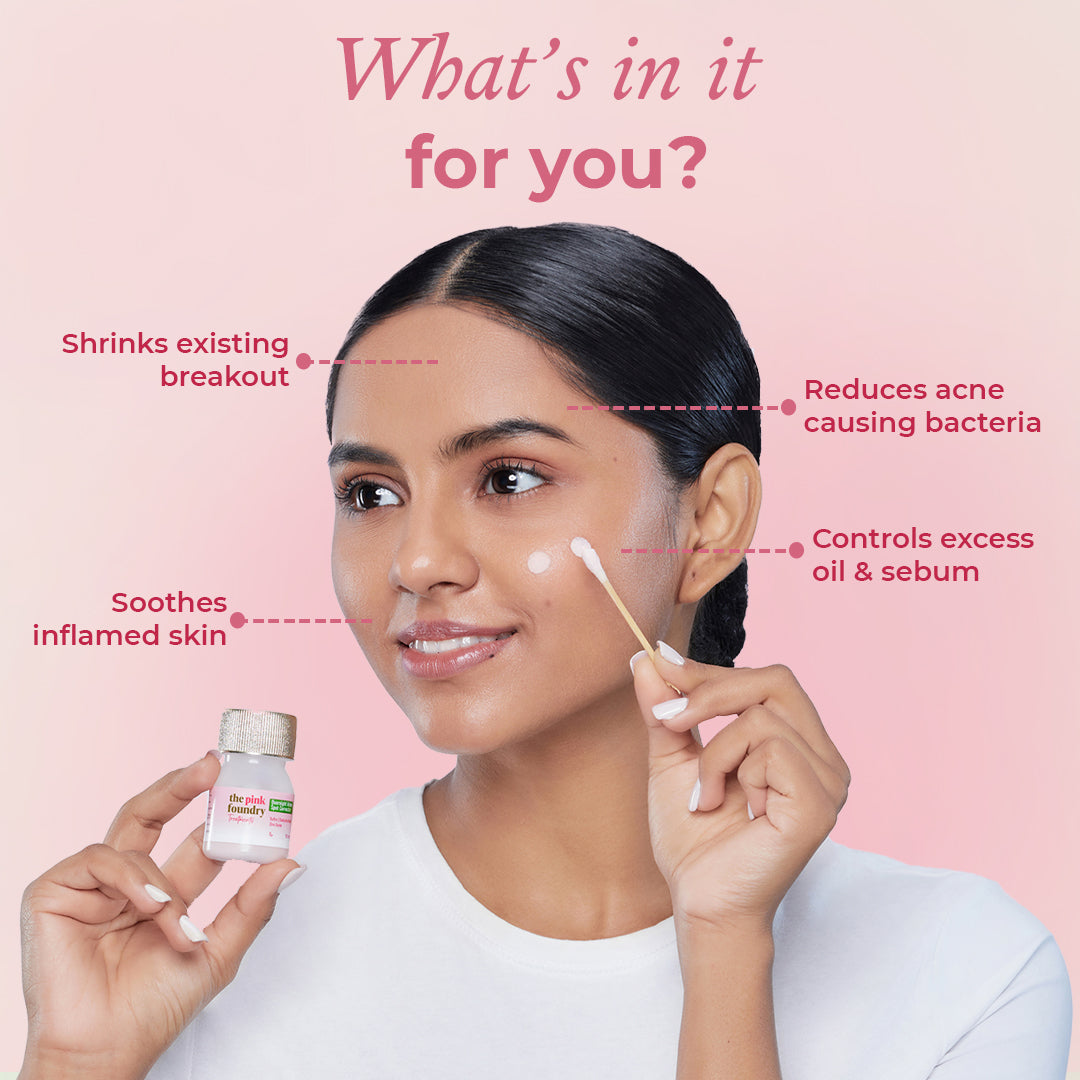

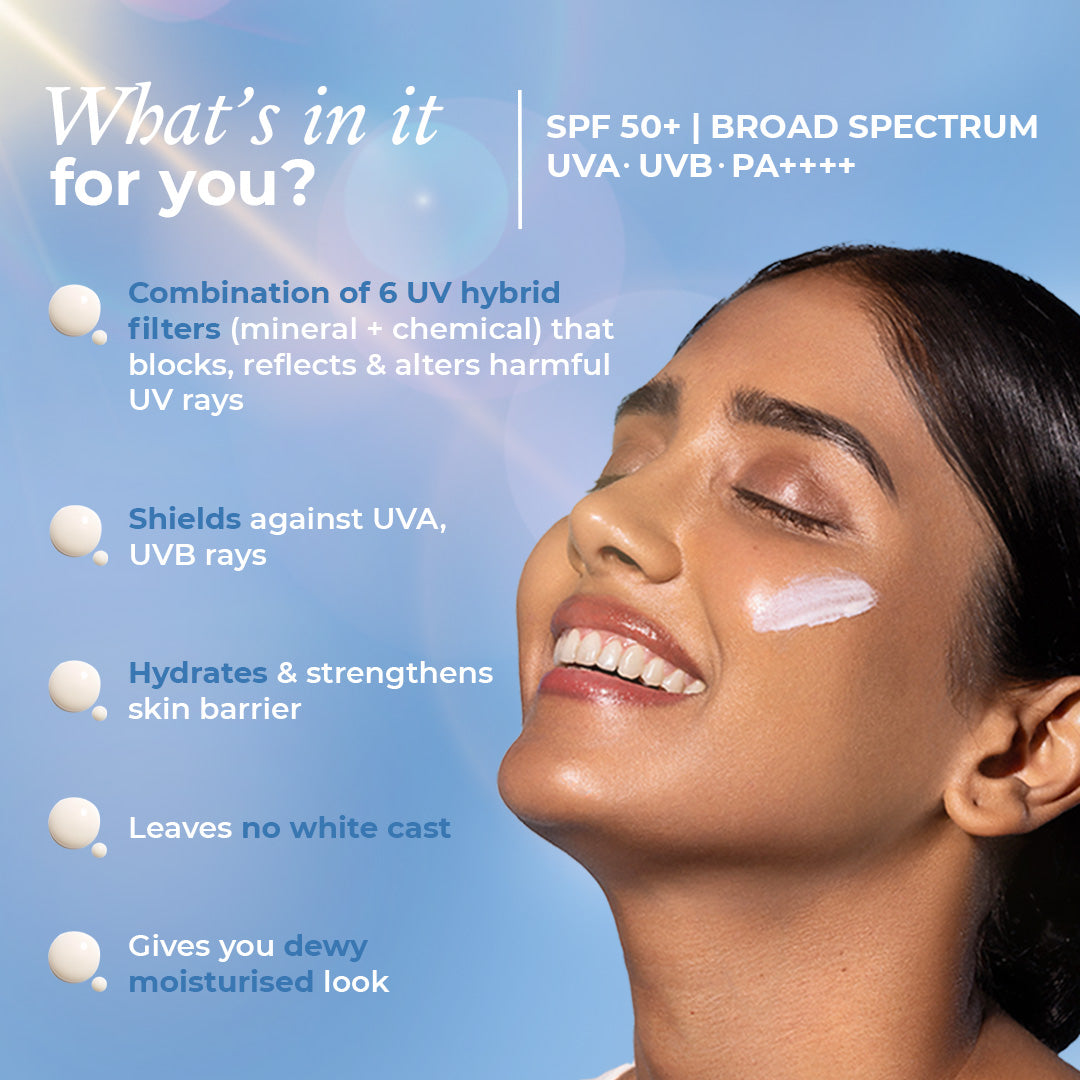
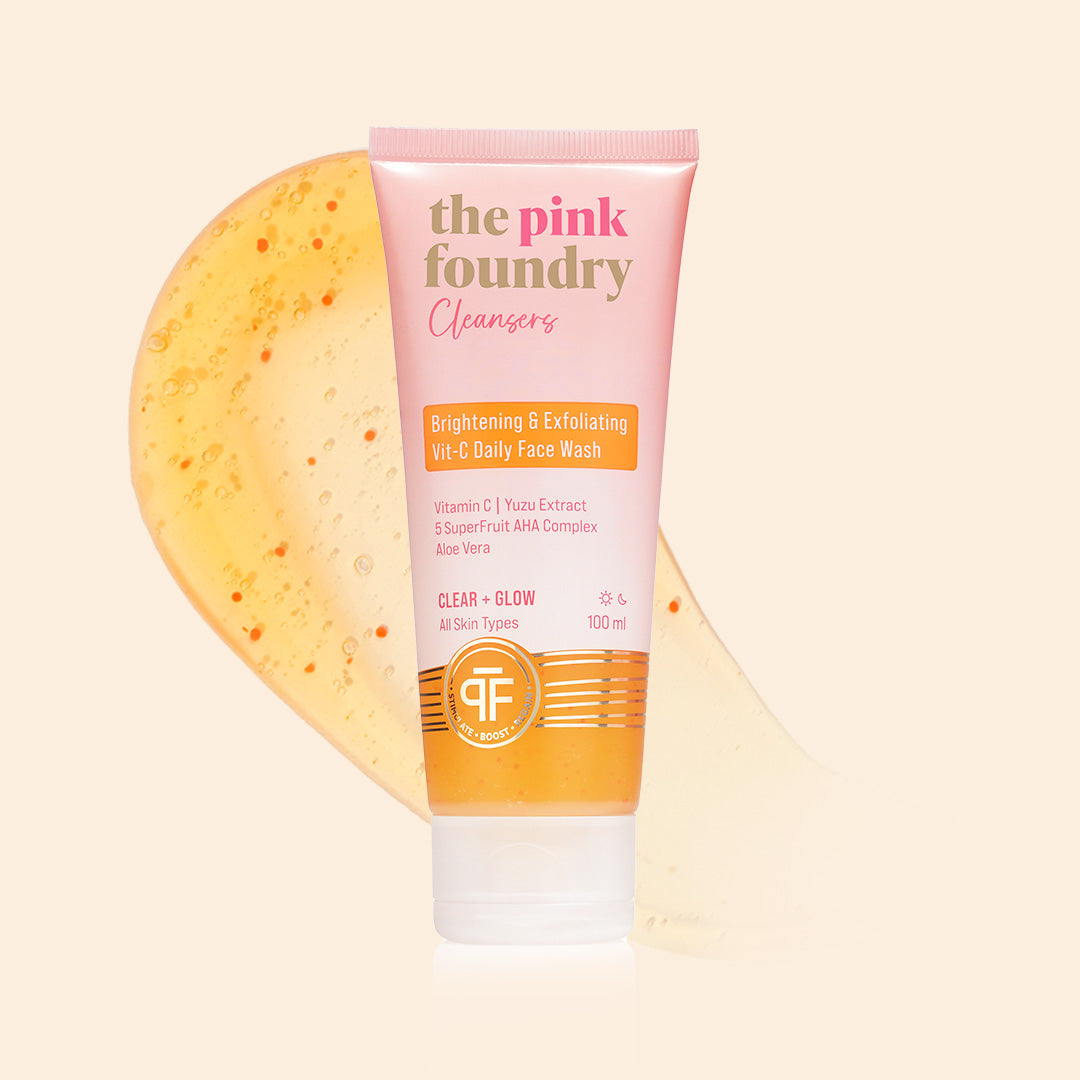

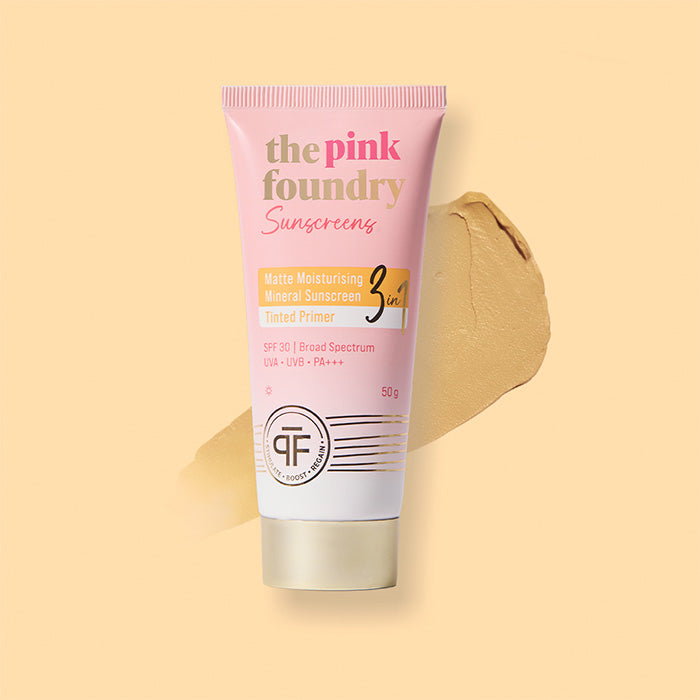

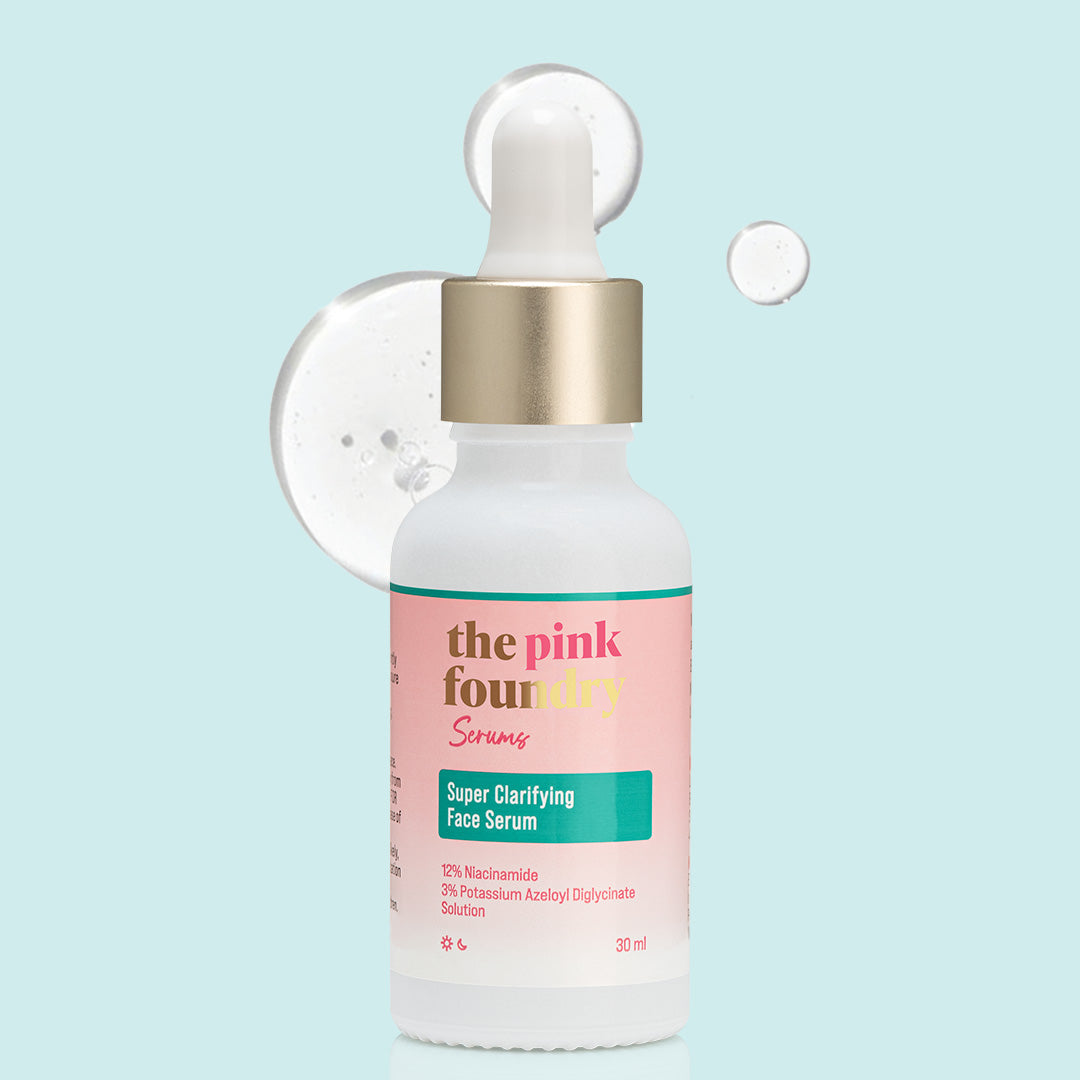
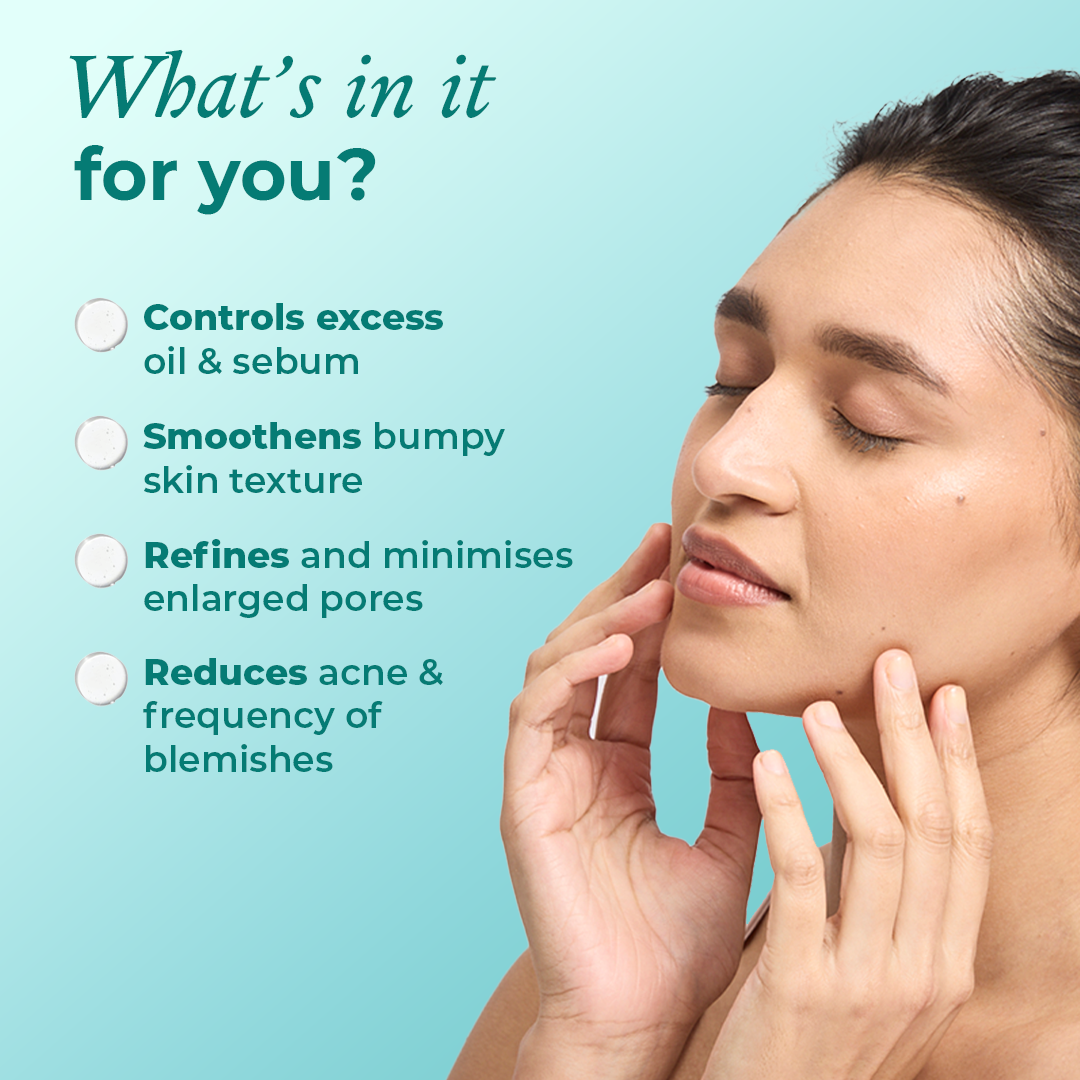

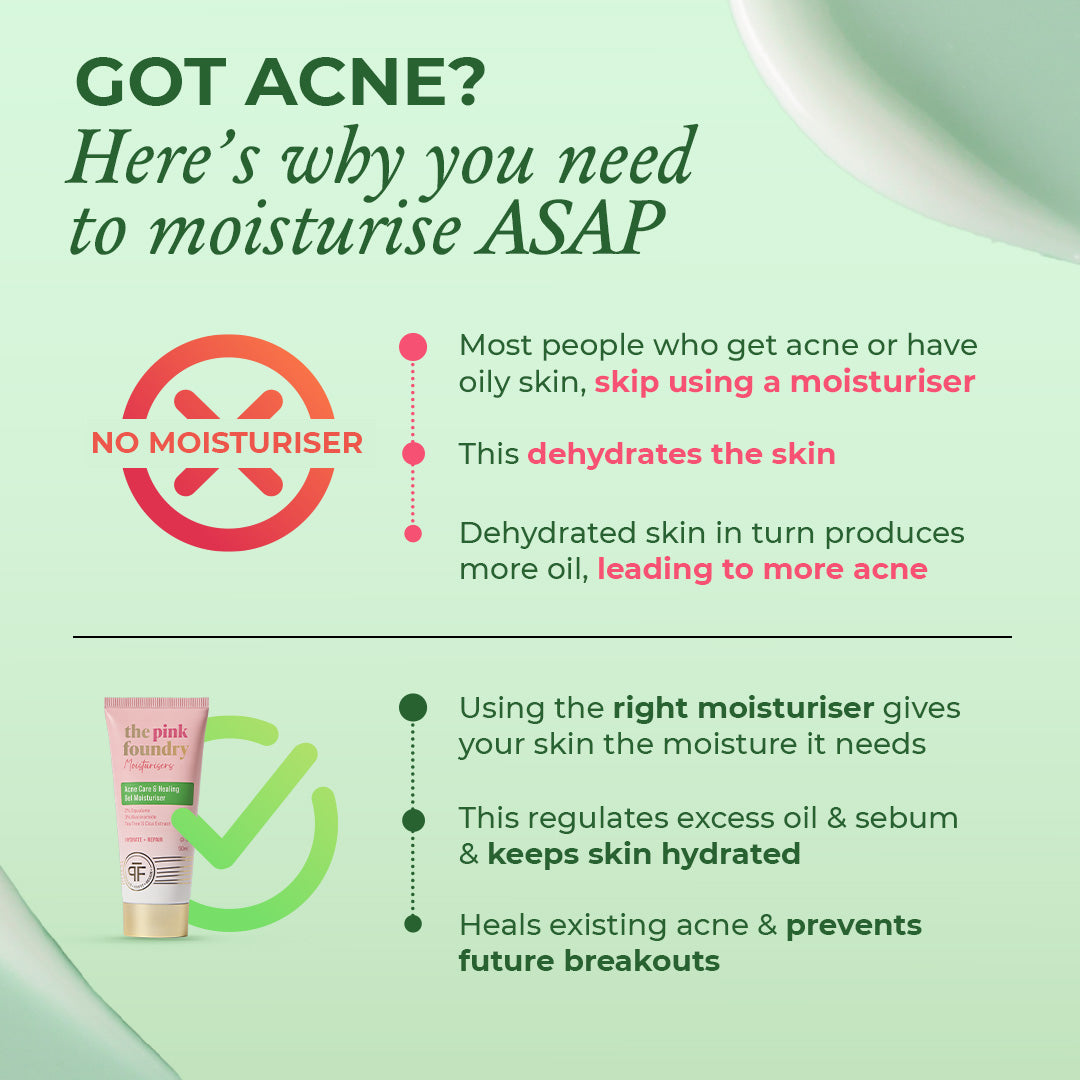
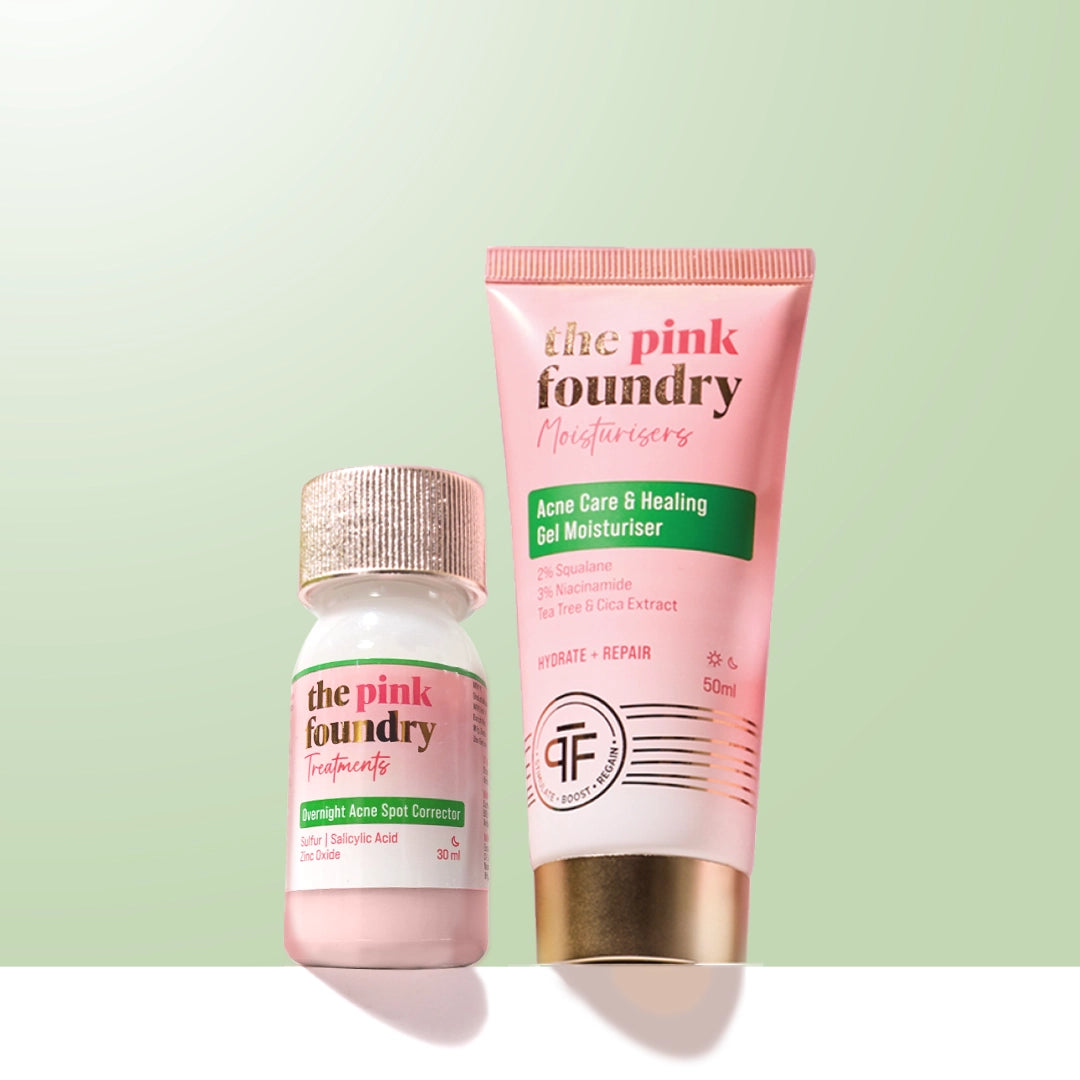
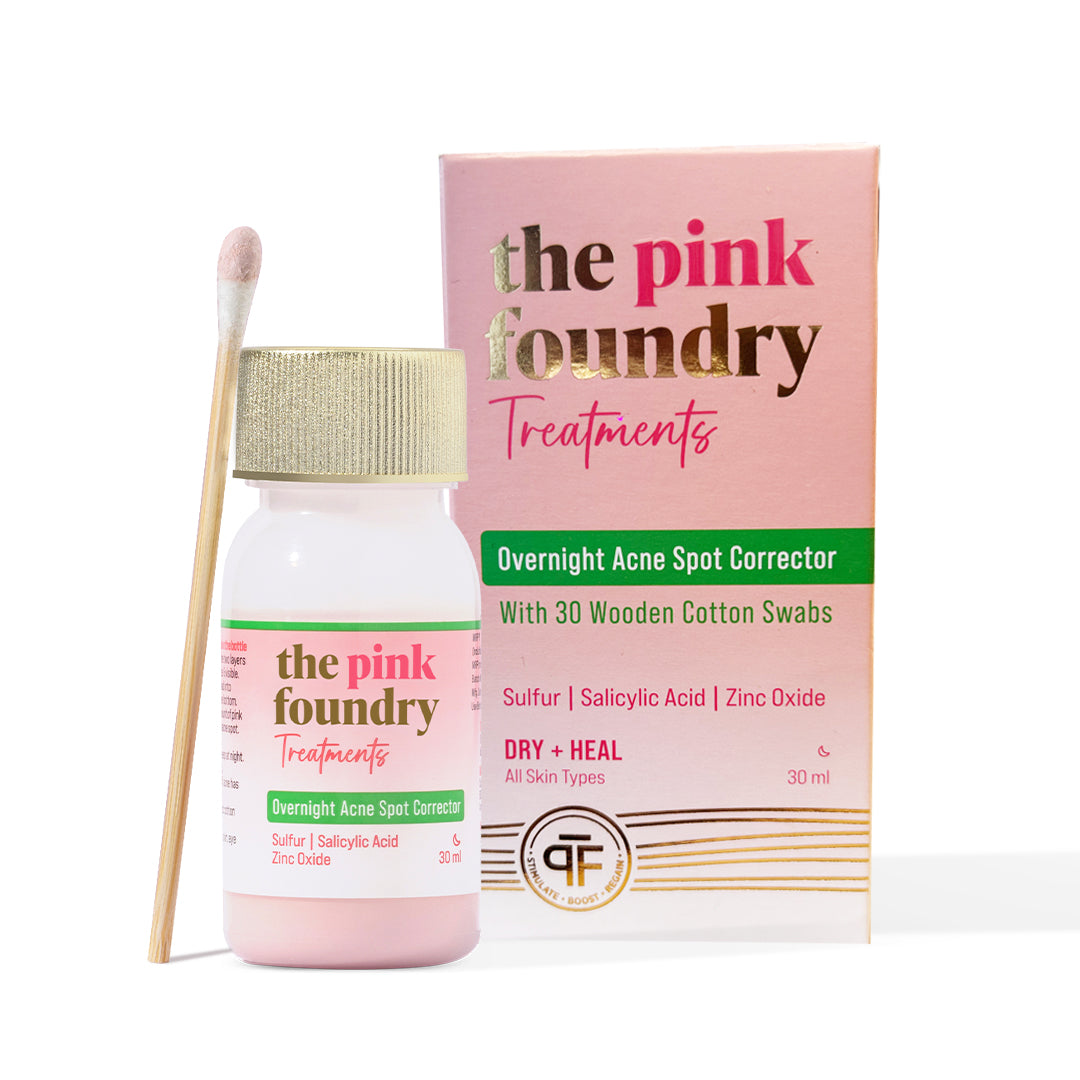
Leave a comment
This site is protected by hCaptcha and the hCaptcha Privacy Policy and Terms of Service apply.